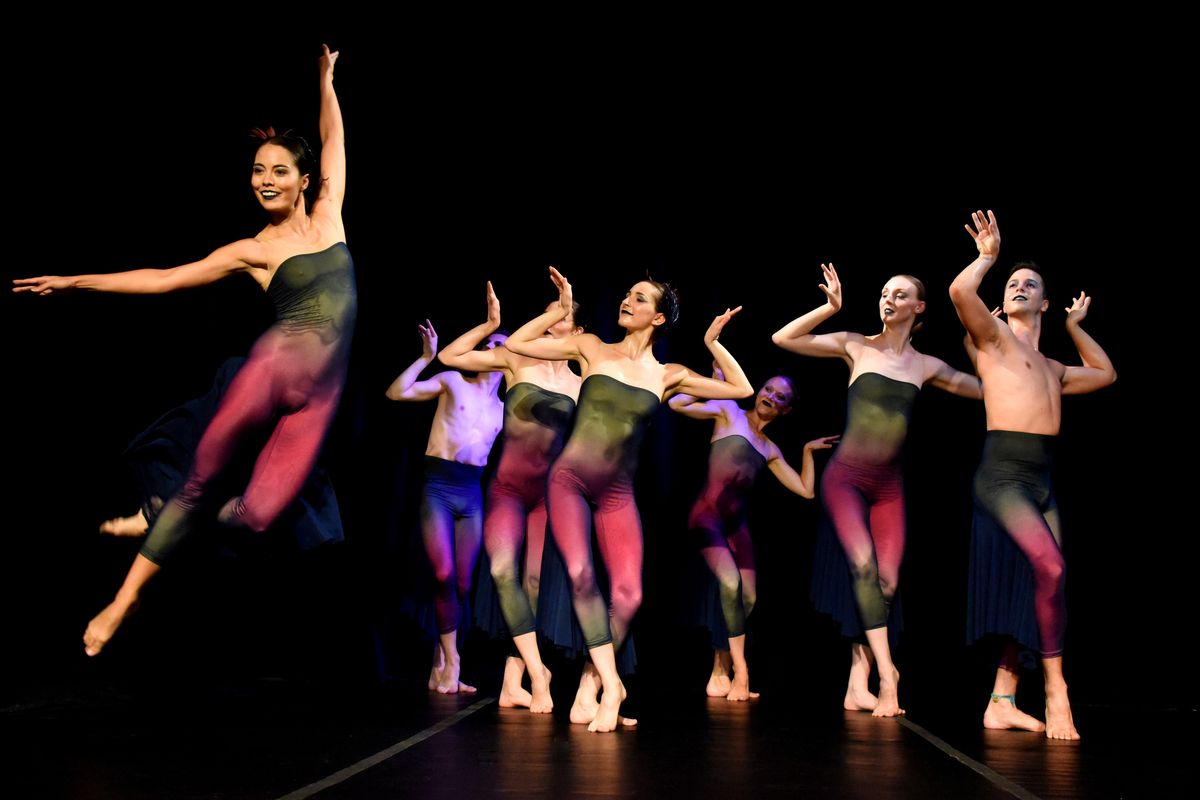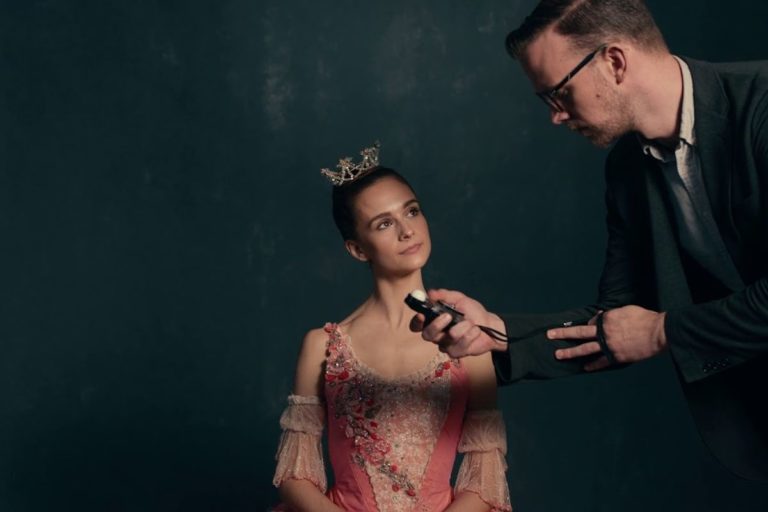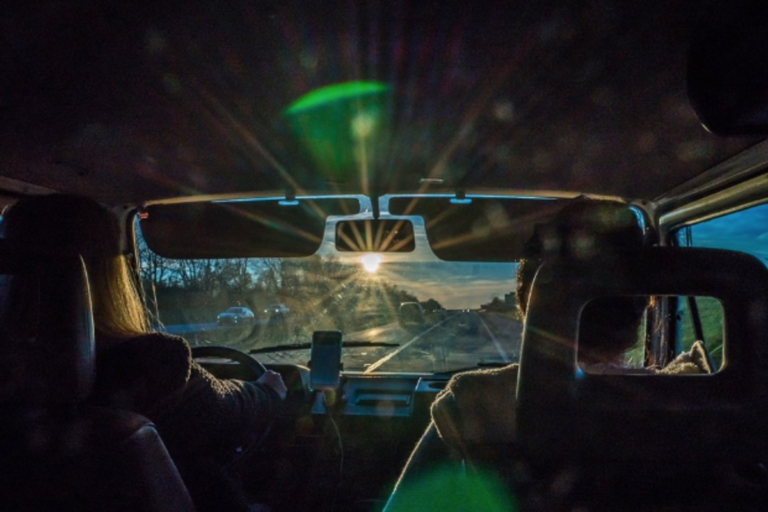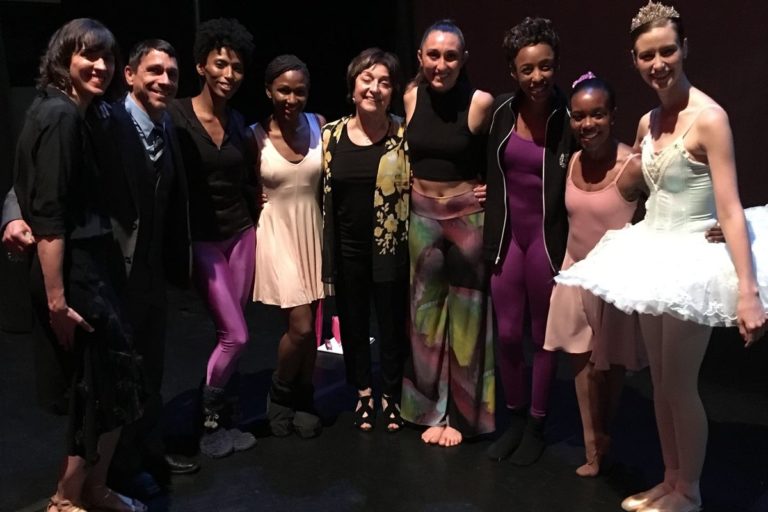
After dancing with Taylor 2 and teaching at the Taylor School in New York City, Alison Cook-Beatty was yearning to find her voice as a choreographer. “I basically ate, slept and rolled out of bed moving like Paul Taylor for six years,” Cook-Beatty says. Grateful for all she’d learned from the company and Taylor’s influence, she decided to search for new opportunities.
Her validation as a choreographer came in 2012. She was freelancing as a dancer, and she’d choreographed a solo piece for herself, which was seen by BalletNext’s founder Michele Wiles, formerly of American Ballet Theatre. Wiles, impressed by Cook-Beatty’s work, asked her to create a longer version, and Wiles, along with Jason Reilly and four other dancers of the Stuttgart Ballet, performed the 30-minute piece at Ballet Next’s 2012 season at New York’s Joyce Theater. This marked the start of Cook-Beatty’s company, Alison Cook Beatty Dance.
 Cook-Beatty. Photo by Paul B. Goode, courtesy of Cook-Beatty
Cook-Beatty. Photo by Paul B. Goode, courtesy of Cook-Beatty
Breaking away from her traditional ballet and modern training, including the music she chooses, is a component Cook-Beatty is conscious of as a teacher, choreographer and artistic director of ACBD. “The modern dance concepts I learned from Taylor, Graham and Limón have stayed with me,” she explains. “But I also want my dancers to have freedom.”
Although the music typically informs her choreography, Cook-Beatty has found turning off the music can speak volumes to dancers. Whether she’s working with professionals in her company or beginners at the Joffrey Ballet School (where she continues to teach), she encourages students to let the breath guide the movement.
“Dancers are afraid to make noise,” she says. “They’ll make beautiful lines and shapes in space, but when you ask them to just breathe they don’t always allow sound to come out.” If she’s teaching Limón over-curves and suspending, for instance, she’ll encourage the dancers to make an audible sound and to let go. Allowing this exploration, paired with her dedication to training technically strong dancers, takes the movement to a new level. “They can always be perfect. It’s taking the perfect and pushing it out of the box.”




